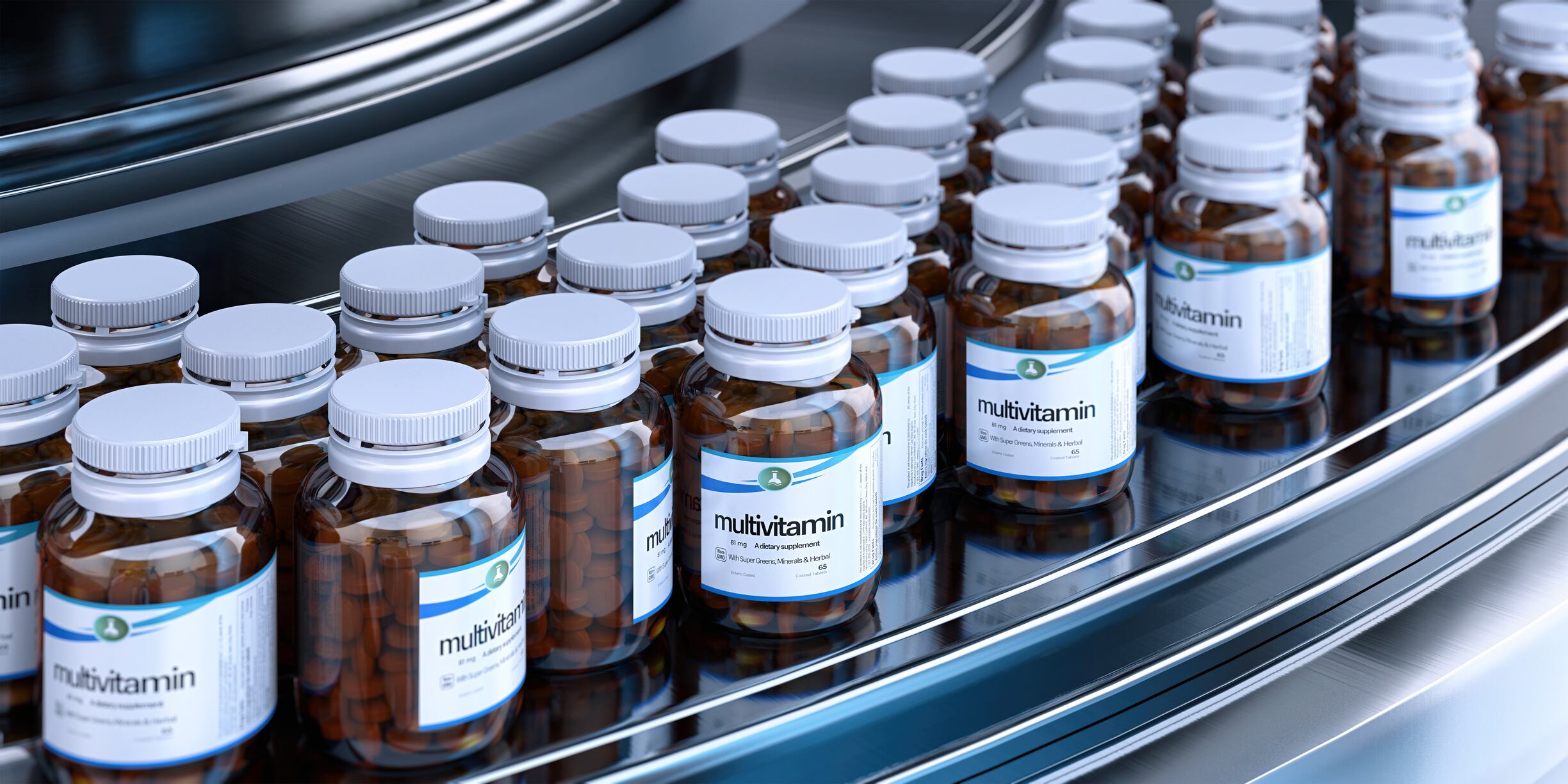Nutrition and dietary supplement consumer purchasing behavior is increasingly driven by transparency, as demonstrated by the data. For example, survey data from the Consumer Healthcare Products Association indicated that “88% of voters are ‘confident’ in supplement safety, but only 44% of those respondents are ‘very’ confident.”
For industry stakeholders, meeting this steadily growing expectation has become increasingly dependent on staying ahead of regulatory enforcement.
One solution gaining traction across consumer packaged goods (CPG) industries, including the nutrition and dietary supplements space, is virtual twin technology: a “digital replica of a product, process, or system that integrates real-world data and models to simulate performance and decision-making in real time,” Ray Wodar, director of business consulting for consumer packaged goods and retail at Dassault Systèmes, told NutraIngredients.
“In the nutrition and dietary supplement industry, you can digitally model everything from ingredient functionality and formulation interactions to manufacturing workflows and packaging. That means you’re not just innovating faster—you’re building compliance into your product from the ground up.”
Regulatory pressures and compliance risk
For supplement brands, consumer trust is built not only on clean, recognizable ingredients but on the assurance that every product meets regulatory standards.
The Food & Drug Administration (FDA) published the final rule for current good manufacturing practice requirements (cGMPs) for dietary supplements in 2007, with implementation for all companies taking full effect in 2010. Fifteen years on, cGMP inspections are still revealing compliance issues for some companies.
The agency averages between 500 and 600 inspections per year (the exception being 2020 and 2021 when the pandemic severely limited inspection numbers).
“Instead of waiting for an inspection to uncover an issue, virtual twins allow you to proactively monitor and manage every step of the process,” Wodar said.
Companies using the technology can embed regulatory frameworks from the FDA, EFSA or Health Canada directly into product design and manufacturing environments, and compliance checks can be automated to flag problems with ingredient levels, banned substances or even claims validation before they ever reach the market, he noted.

From documentation to real-time oversight
For industry stakeholders concerned with ongoing operational integrity, Wordar said virtual twins can be used to monitor facility operations against cGMP standards in real time, making audits and documentation far more efficient.
The technology not only allows companies to demonstrate exactly when, where and how a product was manufactured, packaged but to prove that it met quality and safety standards at every point.
This capability extends to complete supply chain mapping, tracking each ingredient’s origin, quality certifications, transport conditions and processing history, he added. That level of transparency not only supports regulatory readiness but also helps substantiate sustainability claims and guard against fraud.
Looking ahead, Wodar sees compliance management becoming even more integrated through AI-enhanced virtual twins.
“We’re moving toward closed-loop product ecosystems where formulation, user-collected data and outcomes create a continual cycle of refinement,” he said. “That’s not just innovation—it’s compliance that evolves alongside your product and your consumer.”





